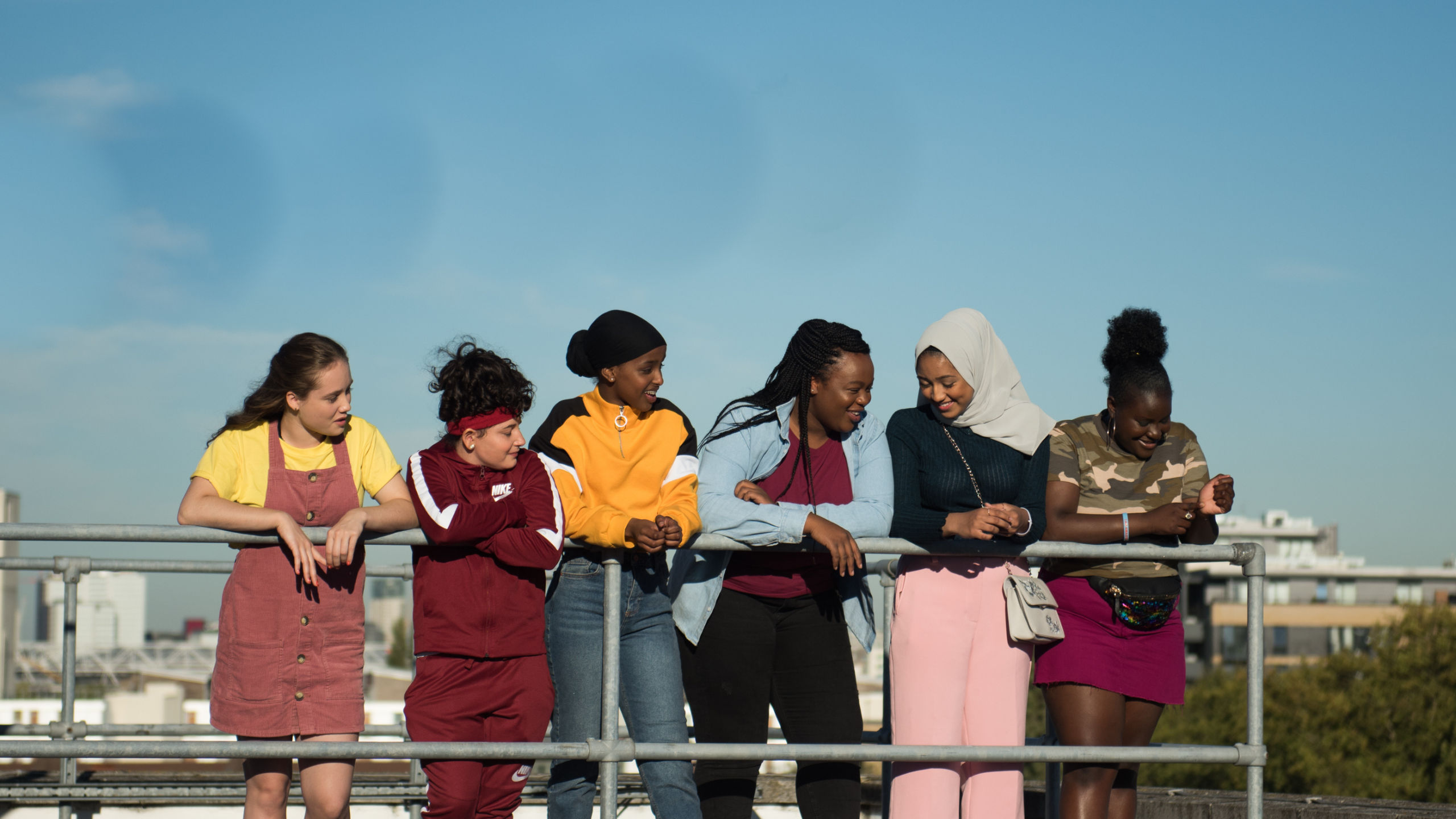Case study: Rocks
How a small, independent British film became a best in practice example of a film production that is a genuine vehicle for accessible, inclusive, representative and equitable creative practice.

Interviewee: Lucy Pardee
Casting Director Lucy Pardee on the outreach programme behind Rocks.
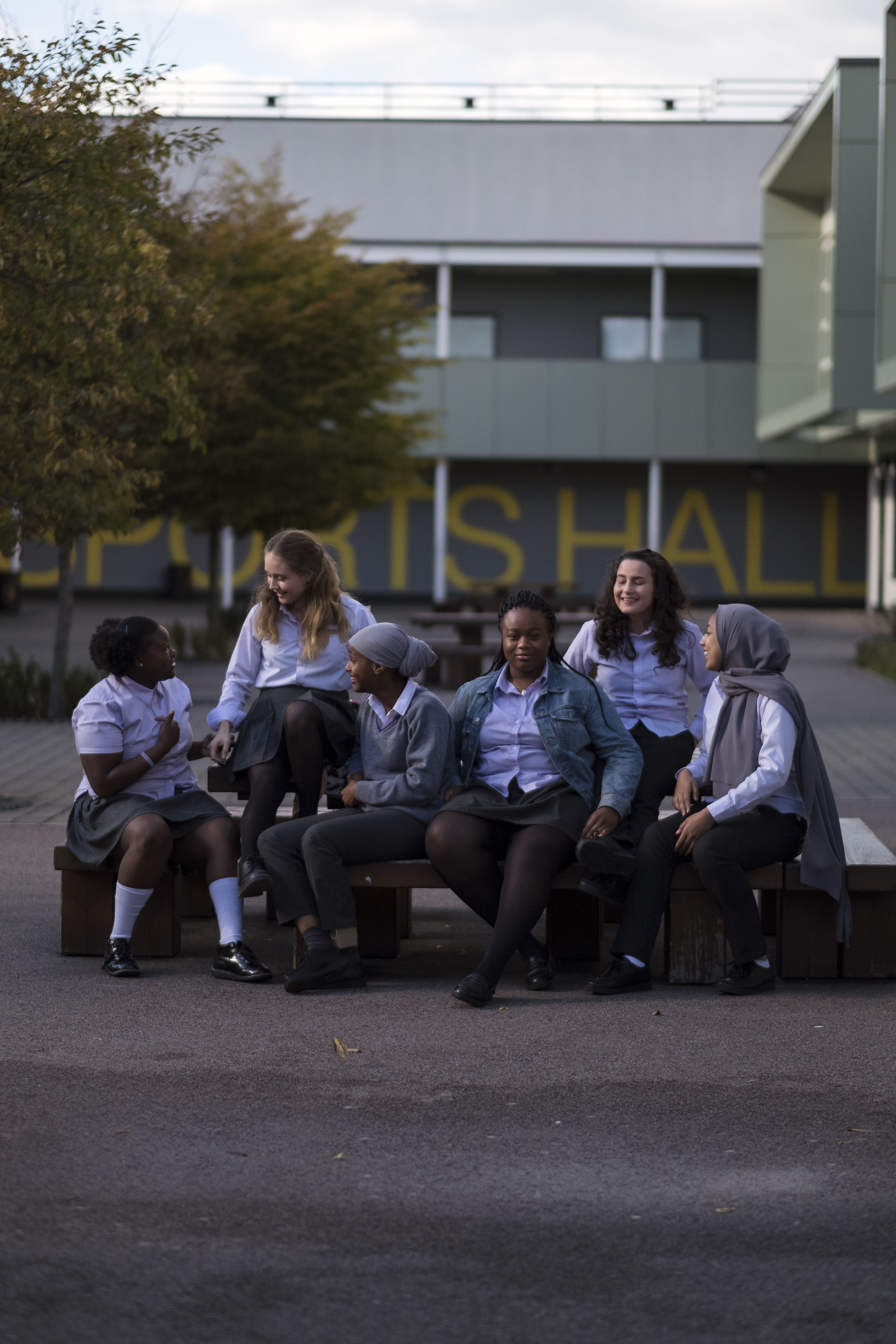
An authentic story of urban youth
From its opening scene, Rocks immerses us in the lives of a diverse group of teenage girls from East London. Directed by Sarah Gavron and cast by Lucy Pardee, this social realist drama was created through a pioneering, inclusive process of community outreach.
As Sarah Gavron explains in her interview for this report, Rocks was partly born from her career-long desire to “tell stories we don't usually see”. Casting director Lucy Pardee agrees, explaining that the film aimed to portray “London teenage womanhood in a way that hadn’t been represented before — or represented well before — on our screens.”
A drive for authenticity went hand in hand with this representative mission. From the outset, the filmmakers set out to build a story around — and in partnership with — young women who have grown up with the realities of inner London.
Most of Rocks’ ensemble cast had never performed in a feature film before, or indeed in any dramatic setting. Most of the actors were found via an expansive community outreach programme, driven by Pardee — a BAFTA-winning casting director, celebrated for her ability to source performers in non-traditional, outreach-focused and community-orientated ways.
At the heart of the film’s narrative is Shola, known to her friends as “Rocks”: a teenage girl from a London council estate who becomes the sole carer of her younger brother after being abandoned by their mother, who suffers from mental health issues. When Shola subsequently loses her family home she turns to her friendship group and her community at large for shelter and solace, while continuing to attend school and evading the reach of a dysfunctional social care service.
Rocks strikes a careful balance in its tone, celebrating the energy, potential and supportive friendships of its young protagonists, but also presenting an unflinching picture of the hardships they can face — the same hardships faced by millions of neglected young people. Shola is played by Bukky Bakray, who was 15 when she met Pardee during a workshop at her school in East London. Her fiercely human performance brings to life the pressures that young Shola tries to shoulder as she attempts to find refuge for herself and her brother, while the threat of state intervention looms large.
Rocks continues the longstanding tradition of British realist cinema. Like the works of Ken Loach and Mike Leigh (and indeed Gavron’s previous films), it uses the empathetic power of narrative film to help audiences understand the realities of key social issues and to connect with people who live with them. But it can also be seen as a work of innovation — a production that set new standards for inclusive and representative filmmaking, and that consequently succeeded in creating a vibrant, authentic-feeling portrait of urban teenage life in challenging social circumstances.
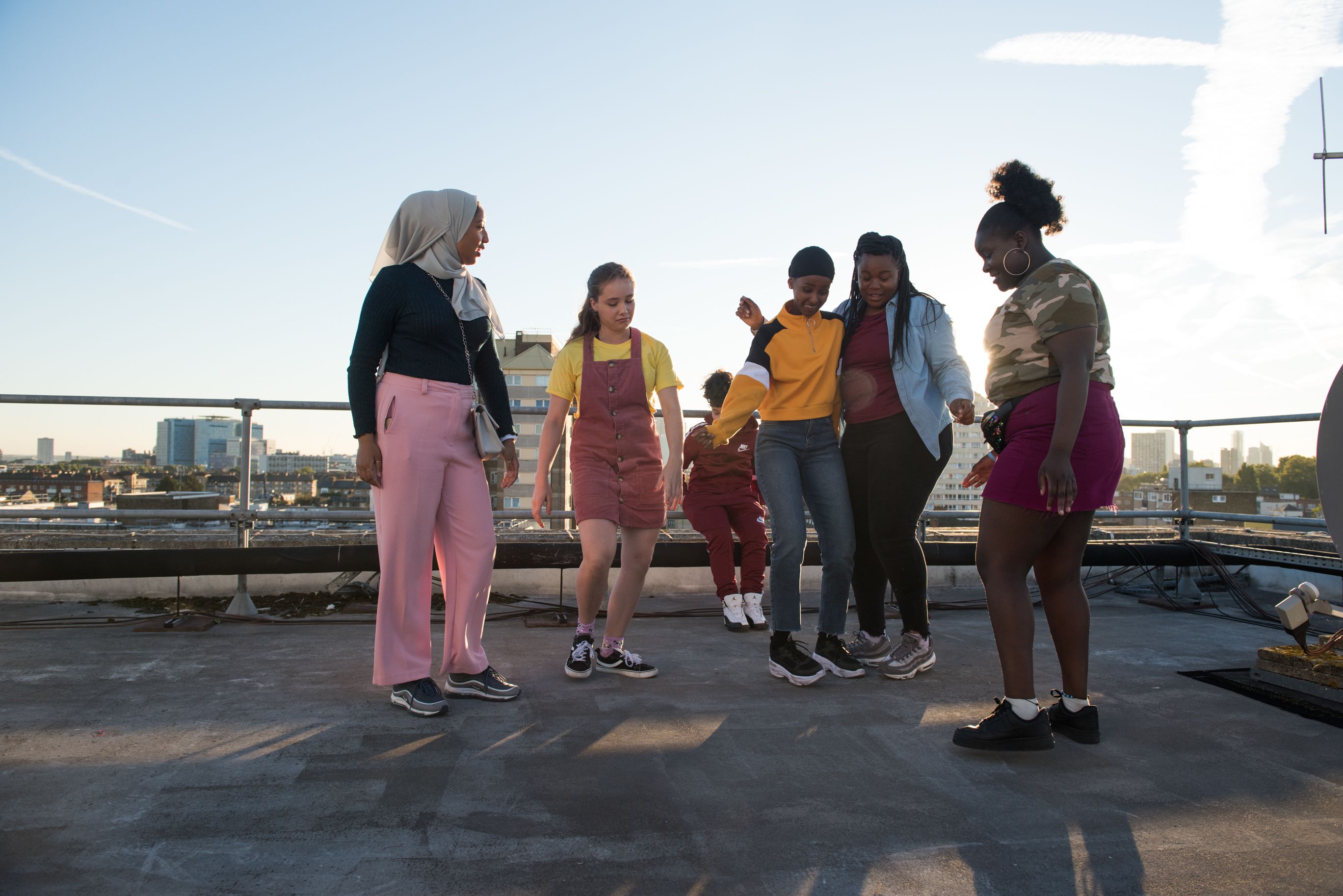
Casting driven by community
The development of Rocks began with Gavron and Pardee’s research in a number of comprehensive schools and youth clubs in North and East London.
“We went into school classrooms in two different schools for two terms for a day each week and then youth clubs for another day a week, over the course of two terms,” says Pardee.
The casting director describes her approach to work as “community-facing, rather than industry-facing” — a philosophy that was partly shaped by her personal experiences of the UK film sector.
“It’s always been a very elite space,” she says. “The industry I first walked into at the start of my career in 2005 was pretty challenging. It was very rarified and it was not constructive. As a young person entering the industry, it felt like there was a culture of eroding the boundaries of the young people who were trying to enter the industry, either behind or in front of the camera.”
She continues: “Now I am committed to levelling the playing field and improving access to filmmaking.”
Throughout her 17 years in the industry, Pardee has cast eight BAFTA-nominated films and personally won a BAFTA, a BIFA and a Critics’ Circle award for casting Rocks. Across the course of this work, she has become widely celebrated for her ability to identify, cast and develop screen performers who would not otherwise have the means to access the film industry.
And indeed, it’s this facilitation of inclusion that Pardee sees as the key marker of her success as a casting director.
“We don’t need diversity and inclusion for diversity and inclusion’s sake,” she says. “What we need is a much greater understanding of the structural obstacles that exist within the industry. The demographics behind and in front of the camera. A casting process that has traditionally been too narrow and skewed to selecting certain types of performers. A top-down template of storytelling that means those in control of the story often have not walked in the shoes of those they’re representing.”
These obstacles are not always visible to the kind of people the industry has traditionally welcomed, she notes.
“Many people in the industry fail to recognise these obstacles, but they’re very present — and very surmountable as well, if we change some basic practices.”
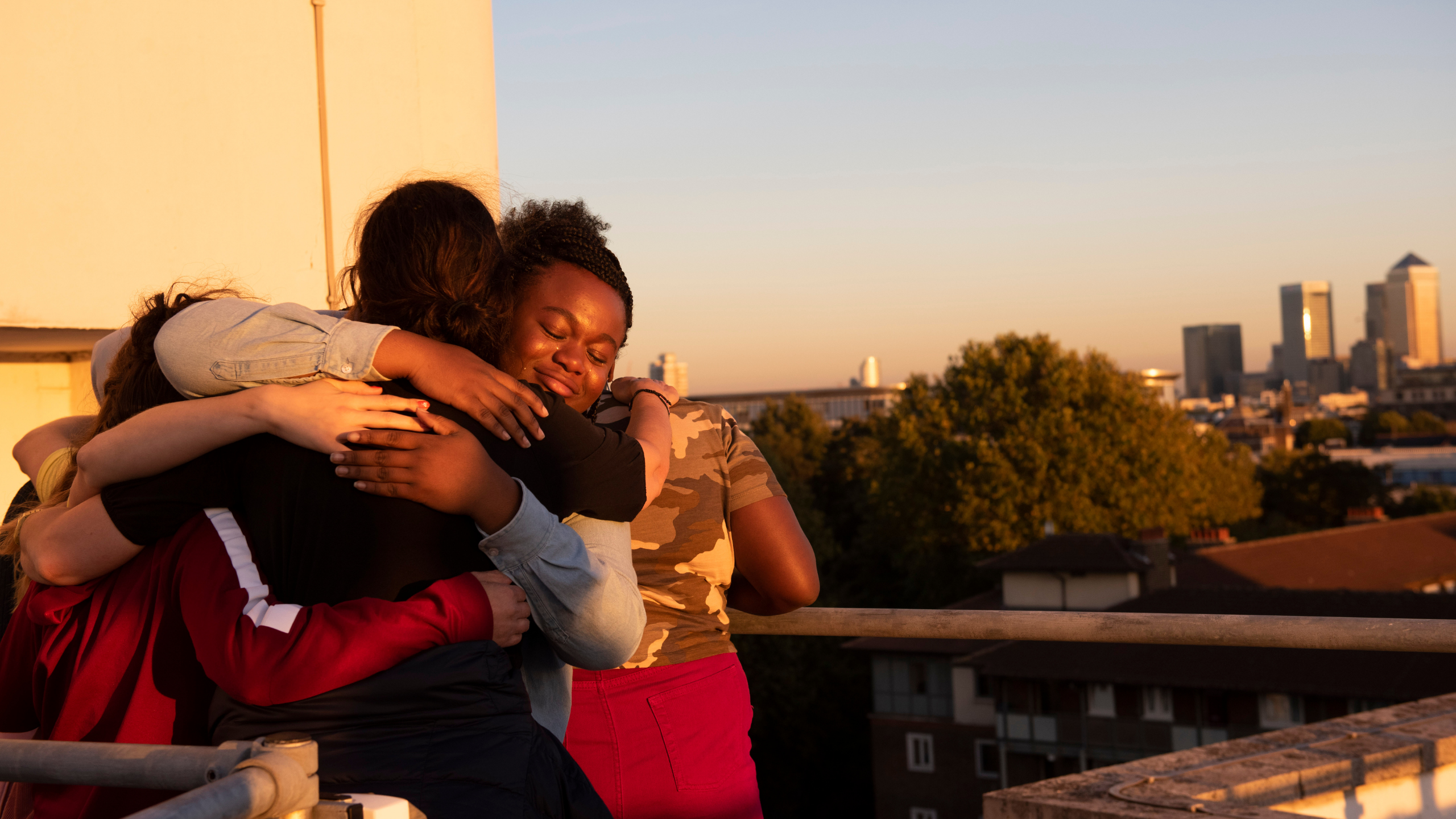
Discovering the story
In collaboration with director Sarah Gavron, Pardee drove the outreach process for Rocks with the intent of exploring modern life for teenage girls, especially those living in the poorer parts of the capital.
In particular, Pardee and Gavron wanted to avoid the approach taken by male-directed films about female adolescence. In their view, these films too often drew influence from the history and tropes of other cinema, rather than the reality of being a young woman in a big city.
“We wanted to take our references immediately from the young people we met during the process,” says Pardee. “We wanted the film to be led by the energy and dynamism and chemistry and drama we witness in young people’s friendships.”
In pursuit of this goal, the filmmakers allowed themselves to be intuitively led by the potential cast members they met, rather than imposing pre-determined ideas on them from the off.
“We were not just projecting our own memories of being teenagers,” says Pardee. “We were learning about what it feels like to be a teenager in the here and now, in these communities, and at this specific time. We were constantly having conversations around how teenagehood for women is often represented on screen and how different that is to the actual teenagers we were meeting in the classroom.”
The team kept the casting search confined to East and North London, opening the opportunity up to those in Years 7, 8 and 9. But beyond this, Pardee was careful not to exert any set expectation on the women she saw in the workshops.
“For the girls, other than age and location, there was no casting brief,” she says. “We spoke to entire year groups and invited everyone. We still weren’t motivated by the desire to find people who fit a brief. We wanted the film to fit around them, not the other way around.”
Once the filmmakers had settled on their core cast of 12 teenagers, Pardee’s next step was to “create a forum” in which these non-professional actors felt comfortable in personally shaping their performances. The final pre-production workshops took place over the course of a year. Here the girls took part in improvisation exercises and group activities. Writers Theresa Ikoko and Claire Wilson attended many of these sessions and worked with the girls to shape their final script.
During the subsequent shoot, the young ensemble were similarly encouraged to contribute to the filming process. Rocks was produced with what Gavron refers to as a “flattened hierarchy”, where every member of the all-female crew was considered an equal creative partner. This equity extended to the teenage cast, who were actively encouraged to engage with the technical side of the shoot and also to give creative input to the filming of their scenes. As Bukky Bakray later explained in an interview with the BFI, one spark of free-spirited improvisation led to one of the film’s most memorable moments, where Shola starts a food fight in the middle of a food technology lesson.
The central Rocks cast members are from a diverse mix of cultural backgrounds. While all the performers are UK-born, their backgrounds include Nigerian, Somali, Polish, Bangladeshi, Congolese-Ghanaian and white British heritage. Pardee notes that while this diversity isn’t a confected casting decision, it’s organically typical of many friendship circles in contemporary London schools.
“I was lucky enough to have gone to mixed schools, ethnically and socially, and it was a gift to me in terms of my formative experiences,” Pardee says.
“But when I entered the film industry, I realised that, both in front of and behind the camera, the industry does not reflect the world I had grown up with — even though it tries to represent it.”
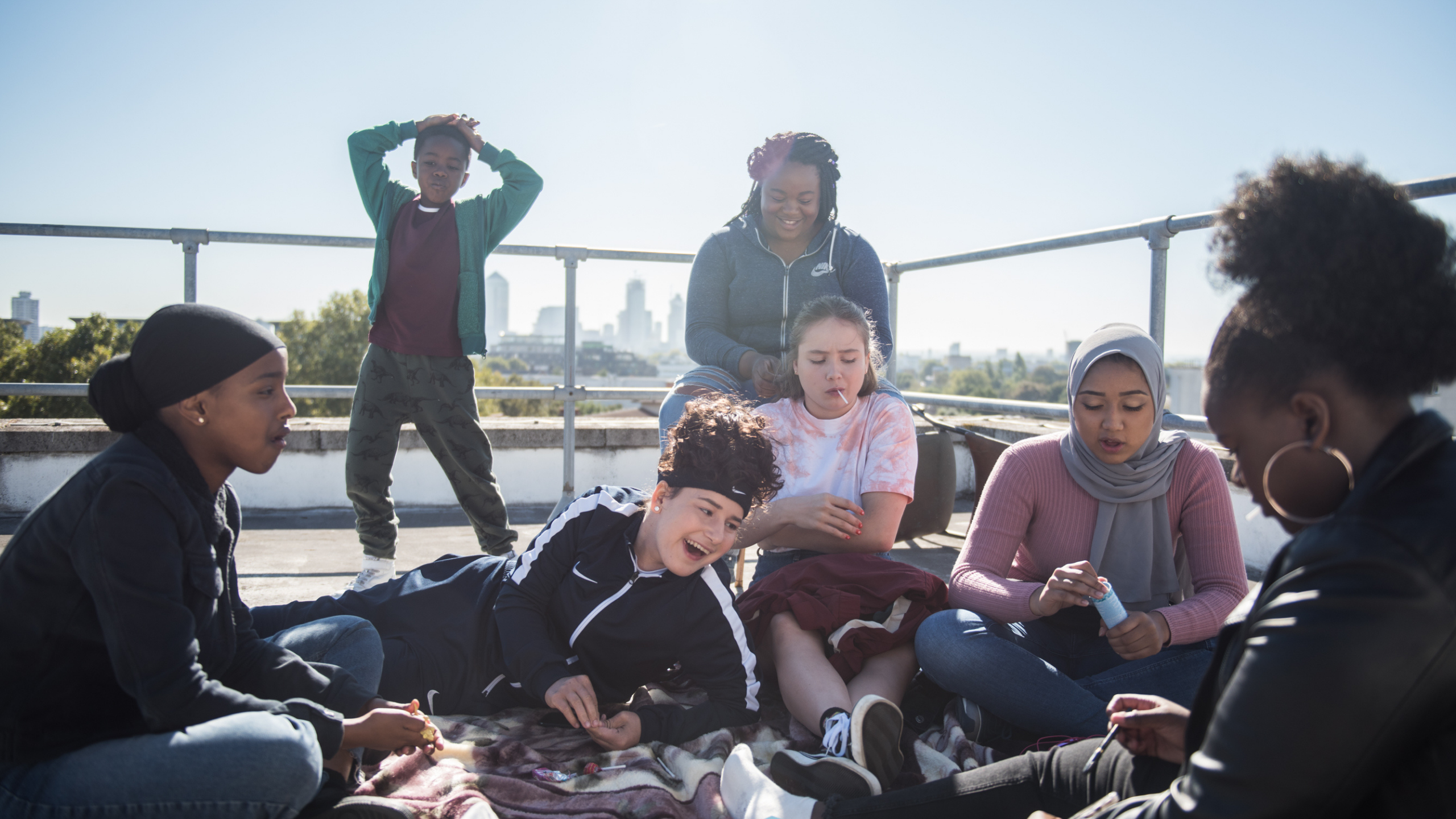
Sharing the triumph
Rocks opened in UK cinemas on 18 September 2020 and was made available to stream on Netflix from 1 October. Upon release, critics heaped praise on the cast and the film’s naturalistic exploration of at-risk youth.
“Rocks exudes such a natural air that you sometimes forget you’re watching a drama rather than a documentary,” wrote Mark Kermode, reviewing the film in The Guardian.
“Boasting a terrific ensemble cast that showcases a host of talented newcomers, it’s exactly the film we need right now, pointing the way to a more positive future while looking the perils of the present day squarely in the eye.”
Rocks eventually won five Independent Film Awards and earned seven BAFTA nominations, with Pardee collecting the award for Best Casting.
While these awards were clearly great accolades for the performers themselves, Pardee believes that their triumph — and the success of Rocks in general — was shared and celebrated by a broader audience.
“Casting in this way enables a film to have an afterlife in the communities in which they were set and from which they were cast,” says Pardee. “The film was embraced by people who are not used to seeing themselves in the cinema. That became clear on social media on the BAFTA night. Twitter and Instagram were ablaze that night with people from all walks of life really celebrating the film.
“I think it reached a lot of people who are not used to seeing their lives depicted in the cinema. It made them feel seen and their stories heard and respected. We were very proud of that.”
Coincidentally, Rocks was released in UK cinemas roughly a week after the US Academy of Motion Picture Arts and Sciences unveiled its new diversity and inclusion standards. In order to qualify for Oscar nominations, film production crews must now be able to demonstrate representative quotas, in front of and behind the camera.
With its innovative and inclusive production, Rocks can perhaps be seen as a prescient precursor to current trends in responsible filmmaking. But for current and future creators of SIE, it’s the film’s emphasis on outreach that arguably leaves the most important lesson: that by collaborating with underrepresented communities in the creation of their work, filmmakers can create authentic, representative stories.
“Who we see telling stories, and who is allowed to tell stories, and what stories they are allowed to tell — that means something to a lot of people,” says Pardee. “Because we all consume the same media.”
